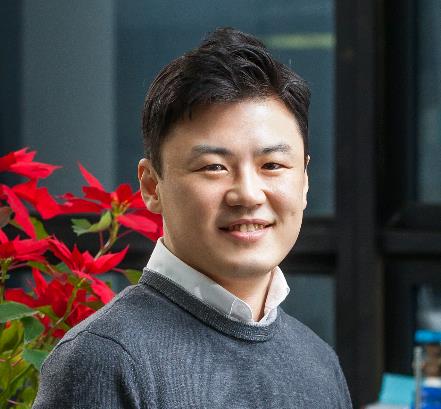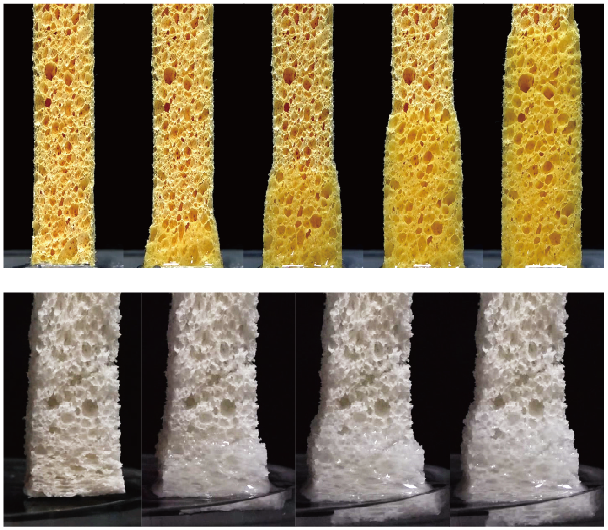Department News
Prof. Ho-Young Kim’s Team Uncovers Principles of Water Absorption and Expansion
Principles of Water Absorption and Expansion
- Published on World-Renowned Journal Sciences Advances
- Selected as Weekly Research Highlight by Nature Communications

▲ Prof. Ho-Young Kim, Dept. of Mechanical and Aerospace Engineering, SNU
A Korean research team has uncovered the principles of water absorption and expansion of materials such as sponges and bread.
<?xml:namespace prefix = "o" ns = "urn:schemas-microsoft-com:office:office" />
On April 2, 2018, Seoul National University’s College of Engineering (Dean: Kookheon Char) announced that a team led by Professor Ho-Young Kim of Dept. of Mechanical and Aerospace Engineering has revealed the physics of liquid absorption and expansion.
The team used a scanning electron microscope (SEM) to observe the inside of a sponge soaking up water for the first time in the world. They discovered that the tiny pores of the material swell up and merge with nearby pores, affecting the water flow.
Based on the observation, the team came up with a mathematical model for liquid absorption and material expansion. When the rise height of absorbed water is too high, only a limited area of small gaps become wet. The velocity of the liquid and volume of expansion vary according to the properties of the liquid and the absorbing material.
The research was financially supported by Samsung Research Funding & Incubation Center for Future Technology and National Research Foundation of Korea. It was published on the online edition of Science Advances on March 31st and selected as a weekly research highlight by Nature Communications.
Prof. Kim commented that “in soft robotics and other fields that use the energy of the surrounding environment instead of electricity, there is a high demand for materials that move or change in response to the humidity or water around it.” He added that the research “could also be helpful in molecular gastronomy.”
Sponges are made from cellulose extracted from plants, used in various industries and daily life as a material that absorbs liquid and expands. Food such as rice, wheat, and bread and contact lenses have similar properties.

▲ Above: Cellulose sponge absorbing water and expanding Below: Bread absorbing water and expanding
Full article: SNU Engineering News http://eng.snu.ac.kr/node/15761Related article:
Yonhap News http://www.yonhapnews.co.kr/bulletin/2018/04/02/0200000000AKR20180402071000004.HTML

